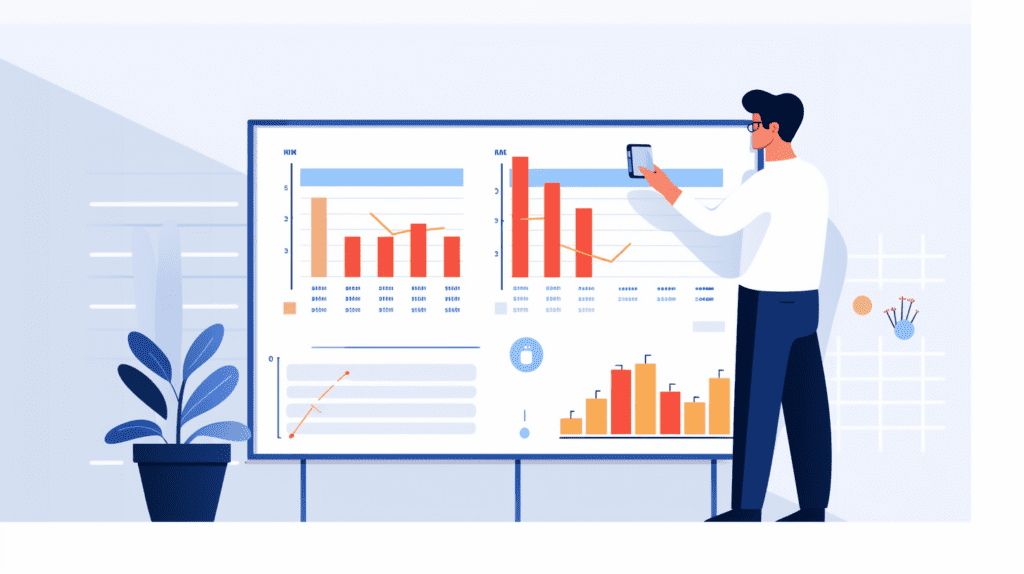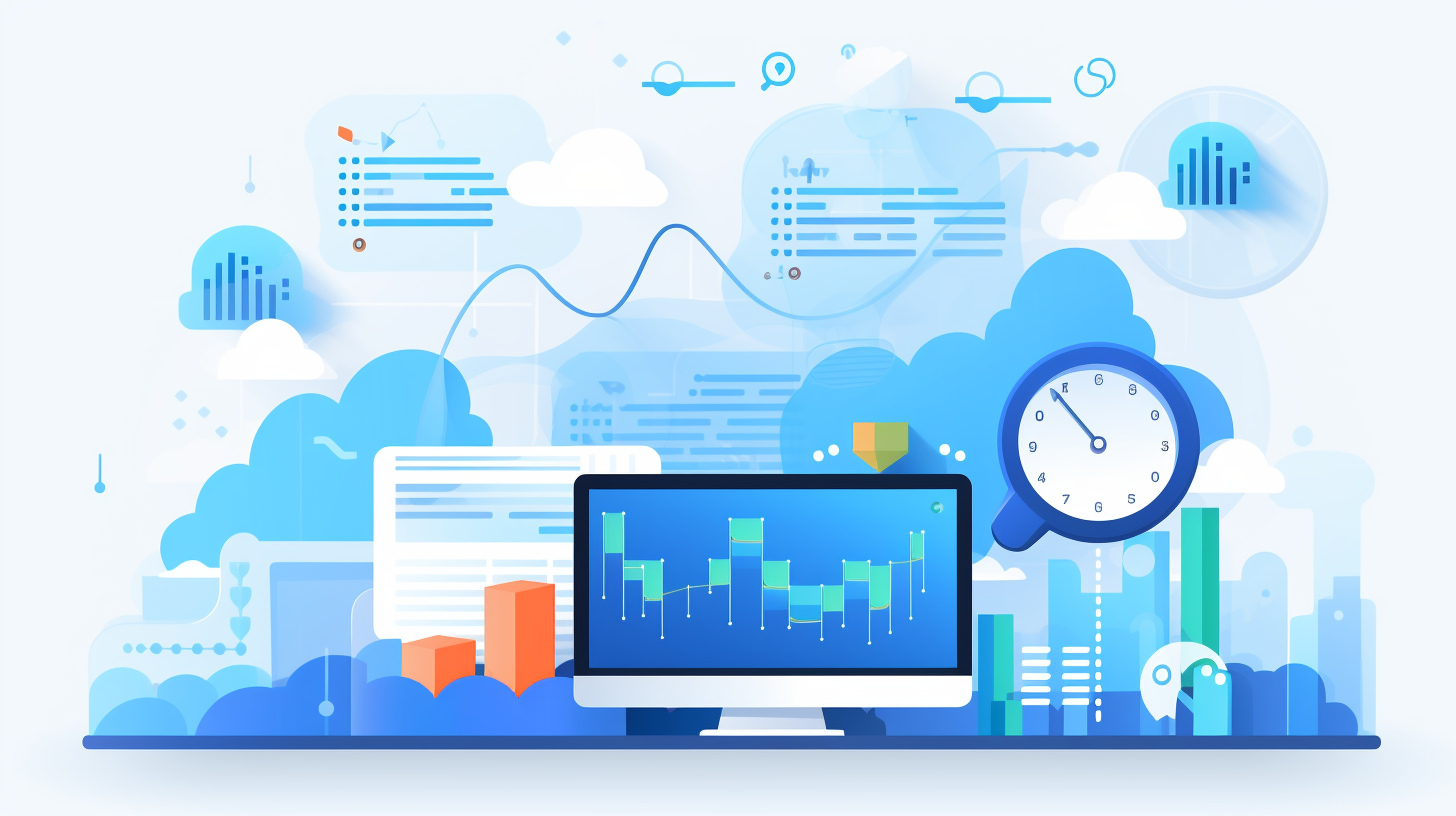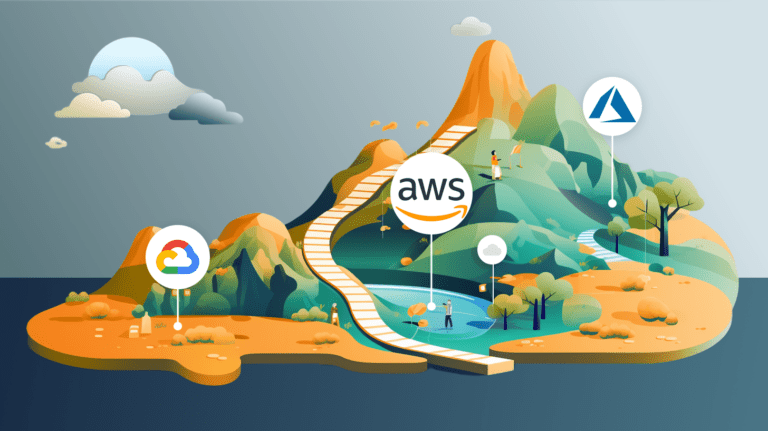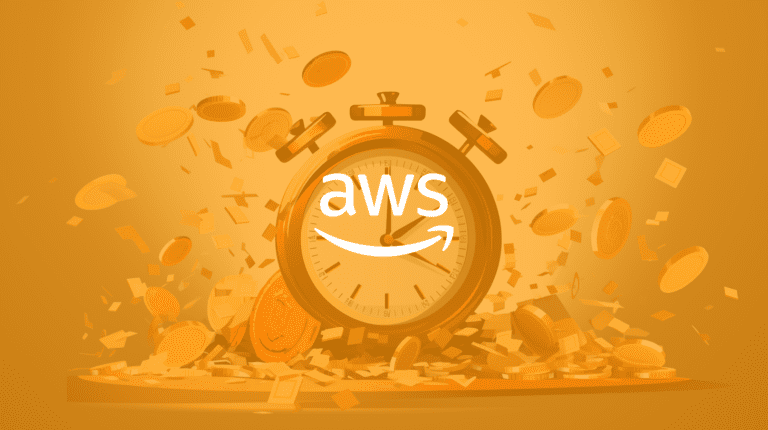How to Benchmark Your Cloud Costs
Benchmarking your cloud costs is an essential exercise in modern business operations. This practice falls under the broader umbrella of cloud cost management and aims to provide a comprehensive view of your spending pattern, helps identify inefficiencies, and aids in more accurate budgeting. It also enables a comparison of your cloud spending with industry standards against companies of the same scale or within your organization as a whole between different business units. This provides transparency and enables cost optimization strategies to be learned and shared. Without effective benchmarking, your organization risks overspending and underutilizing your cloud resources.
We will explore best practices, methodologies, and tools to gain control over your cloud spending and maximize business impact.
Why is Cloud Cost Benchmarking Important?
Maximizing Business Value
Maximizing business value is about achieving the best possible investment return, boosting productivity, and enhancing your company’s overall operational effectiveness. This concept goes beyond simply generating more profit. It involves optimizing all business areas, from improving customer service and streamlining operational processes to harnessing data analytics for informed decision-making and implementing effective marketing strategies.
In cloud computing, it translates to leveraging cloud capabilities not just for cost-saving but for business agility, scalability, and resilience. This holistic approach aids in creating a sustainable competitive advantage.
Cloud Cost Optimization
Cloud Cost Optimization is a strategic process that aims to ensure each dollar spent contributes meaningfully and positively towards achieving business goals. Cost optimization involves taking a detailed look at your cloud expenditure and adjusting spending habits without sacrificing productivity or operational efficiency. It is essential to not only reduce cloud costs but also to control cloud spend.
This can include right-sizing resources to match workloads, using reservations for predictable workloads, leveraging discounted pricing options, and regularly reviewing and auditing cloud usage and costs. Cost optimization could decrease cloud waste and unnecessary expenses and free up resources that can be better utilized in areas that drive business innovation and growth.
Benchmarking serves as a cornerstone in any cloud cost optimization strategy. By identifying the baseline benchmark for your cloud spending, you can more effectively enact cost reduction measures and optimize costs.
Preliminary Steps: Setting Up For Benchmarking
Understand Cloud Pricing Models
Before diving into benchmarking, familiarize yourself with the pricing models that cloud providers offer. Whether it’s on-demand, reserved instances, or savings plans, knowing the options can significantly aid in cost optimization. Cloud providers offer discounts to customers based on their usage, commitment, and brand. These are a part of their Enterprise Discount Programs (EDP) or Enterprise Agreements (EA).
Assess Your Cloud Environment
The next step is to take an inventory of your current cloud environment. Understand which of your resources are part of legacy systems. What cloud services are you using? What specific features are you using (e.g., what storage tier, instance types, instance families, etc)? What is your monthly cloud bill, which cost center is using the most, and how are different cost centers trending in spending? Are you maximizing your cloud investments, or are there unused resources? What trade-offs can you make to reduce costs?
The Benchmarking Process


Cloud Bills and Usage Reports
Your first step should be gathering cost data from the different cloud service providers. Examine your cloud bill and usage reports for a holistic view of your spending and resource utilization. You want to see how your cloud spend trends, which business units are using the most, which are optimized on their cloud spend, and which are not. In addition, which resources are critical, non-critical, or not being used.
Identifying cost centers is another step. Cost centers could range from various business operations to different departments. Knowing your cost centers aid in more granular benchmarking.
Analyze Cloud Spending
Uncover Cost Anomalies
Look for any spikes in cost data, unused resources, or unnecessary data transfers that could skew your overall cloud spend. We want to build a continuous discipline to drive spending and cost reduction.
Compute Resources and Storage Capacity
Examine your usage of computing resources and storage capacity across various storage tiers. Are there any opportunities to move data to less expensive storage tiers for cost reduction? For example, are you storing archivable data in an active storage volume? If so, you could utilize services automating the moving of archivable data into much cheaper archival storage (e.g., AWS Glacier Storage Classes).
Compare with Industry Averages
Public Cloud Providers
Benchmarking tools analyze various parameters, including the company’s size, industry, region, and specific usage patterns, to provide a comprehensive view of how you compare to peers. Consulting firms and cloud service providers often offer such benchmarking services. Understanding where your company stands in this context can reveal potential areas of over or under-spending
Peer Comparisons
Perform peer comparisons to determine how your cloud spending stacks against similar organizations, if possible. This data is sometimes hard to come by, but some consultancies create research papers and benchmarks for different industries. Companies going public also put a wealth of information in their S1 filings in the United States. These can be a gold mine of data for benchmarking purposes.
Another way to compare to peers is to join the FinOps Foundation, which will give you access to a Slack messaging channel. Many organic discussions happen in these, where companies from many sectors talk about their strategies and how they are running cloud cost optimization processes.
Cloud Cost Optimization Strategies


Eliminate Unused Resources
Unused resources can drive spending up significantly and can be counted under ‘cloud waste.’ Regularly review your cloud environment to deactivate and shut down idle resources. This is one of the first cost optimization techniques that can be used and significantly impact potential cost savings.
Leverage Discounts
Cloud providers often offer discounts for long-term commitments. Consider reserved instances or savings plans to optimize costs if specific resources are critical. Once you map out your cloud usage over some time, you can ‘buy the base’ and ‘rent the spike.’
Adopt a Cloud-Native Design
When companies move to the cloud, there are time pressures imposed on the move. This leads to companies taking a ‘lift and shift’ approach, which means taking existing applications from owned hardware and moving them directly to virtual machines with the same architecture. This results in very expensive workloads as virtual machines are almost always more expensive compared to hardware.
Optimizing your applications for the cloud can lead to substantial cost savings. Cloud-native design principles enable more efficient use of cloud resources, which helps in cost optimization.
Control Data Transfer Fees
Although most costs are usually used in computing and storage, data transfer costs can quickly increase. Therefore, data transfer fees can be hidden until they become a problem. Once they reach that stage, it is tough to control them again. Minimize these fees by avoiding unnecessary data transfers between services or regions during architecture design stages.
Automate Cost Management
For enterprise-scale operations, consider automating cost management strategies through various tools to ensure continuous discipline in controlling cloud costs.
One of the best ways to automate cost optimization is to shift cloud costs left. It addresses cloud costs and budget considerations during the earlier phases of the software development cycle rather than waiting for the end or the right time. The advantage of this strategy is that it brings cost considerations to the forefront and embeds them in the design and development, providing an opportunity for cost optimization from the beginning. Tools such as Infracost enable you to shift cloud costs, cloud tagging, and FinOps policies left into the developer workflow.
Best Practices for Ongoing Benchmarking
- Regular Monitoring: Tracking and measuring your cloud costs is essential. Use tools provided by cloud providers or third-party applications to get detailed reports. Cost-cutting is not a one-off task.
- Adapt and Adjust: Benchmarking is not a one-time process. As your business evolves and expands, assumptions made early on may change. Review and adjust your benchmarks regularly to keep them relevant and useful.
- Stakeholder Communication: Keep all relevant stakeholders informed about the status of cloud cost optimization efforts. Stakeholders should include people from engineering, procurement, management, finance, product, and business owners. Use insights to drive the discussions about cost optimization.
- Include Multiple Metrics: Go beyond just cost. Consider performance, speed, security, and agility, as they can provide a more holistic view of how well you’re doing compared to others.
Conclusion
Benchmarking your cloud costs is not a one-off task but an ongoing process that requires planning, data collection, and analysis. A comprehensive cloud cost benchmarking process will empower your organization to allocate resources more wisely, optimize cost, and, most importantly, maximize the business value of your cloud investments. By adhering to these best practices and utilizing the cost optimization strategies outlined, organizations can ensure they are getting the most out of their cloud environments while keeping costs in check.
Frequently Asked Questions (FAQs)
What Does Cloud Cost Benchmarking Mean?
Cloud cost benchmarking is the process of comparing your cloud spend and usage patterns against either industry standards or similar deployments within your organization. These are used to identify improvement and cost optimization areas and are shared internally to achieve your goals.
How Does Benchmarking Help in Cloud Cost Management?
Benchmarking provides insights into your cloud spending and identifies potential cost-saving opportunities. By knowing where you stand, you can make informed decisions on optimizing your cloud environment for cost efficiency. The best-performing business units and teams from your organization can share learnings internally.
What Metrics Are Used for Cloud Cost Benchmarking?
Several metrics are employed for cloud cost benchmarking, providing critical insight into your cloud spend. Here are some commonly used ones: Average Cost per User, Average cost per workload, Code Efficiency per unit of cost, Utilization rates (CPU, Memory, etc), cost of cloud spend for companies of similar size, Cloud cost optimization rate Month over Month or Year over Year.
Can I Use Native Tools for Benchmarking Cloud Costs?
Yes, many cloud vendors offer native tools to help with cost benchmarking. For instance, AWS provides the AWS Cost Explorer, while Google Cloud has Cost Management tools. Other third-party tools are also available with better User Interfaces and additional capabilities.
What Is the Role of Reserved Instances in Cost Benchmarking?
Reserved instances come at a discounted rate compared to on-demand instances. Including them in your benchmarking process helps assess how well you utilize these cost-saving opportunities. You should be using reservations to maximize savings.
Is Cloud Cost Benchmarking a One-Time Activity?
No, cloud cost benchmarking is a continuous process. Regular benchmarking allows you to adapt to changes in usage patterns, pricing models, and business requirements, thereby maintaining optimal cost efficiency. This also goes for cost-cutting – it is not a one-off task but a recurring one.
How Do I Account for Business Value in Benchmarking?
Business value should be a key consideration. The ultimate aim is to balance cost-efficiency and the value the cloud services bring to your business activity. This can be achieved by looking at costs from a lens of per-user or per-unit of goods sold.
Are There Industry-Specific Benchmarks?
Yes, many organizations and consultancies publish industry-specific benchmarks for cloud costs. These can offer additional context and more accurate comparisons for your cloud spending.







